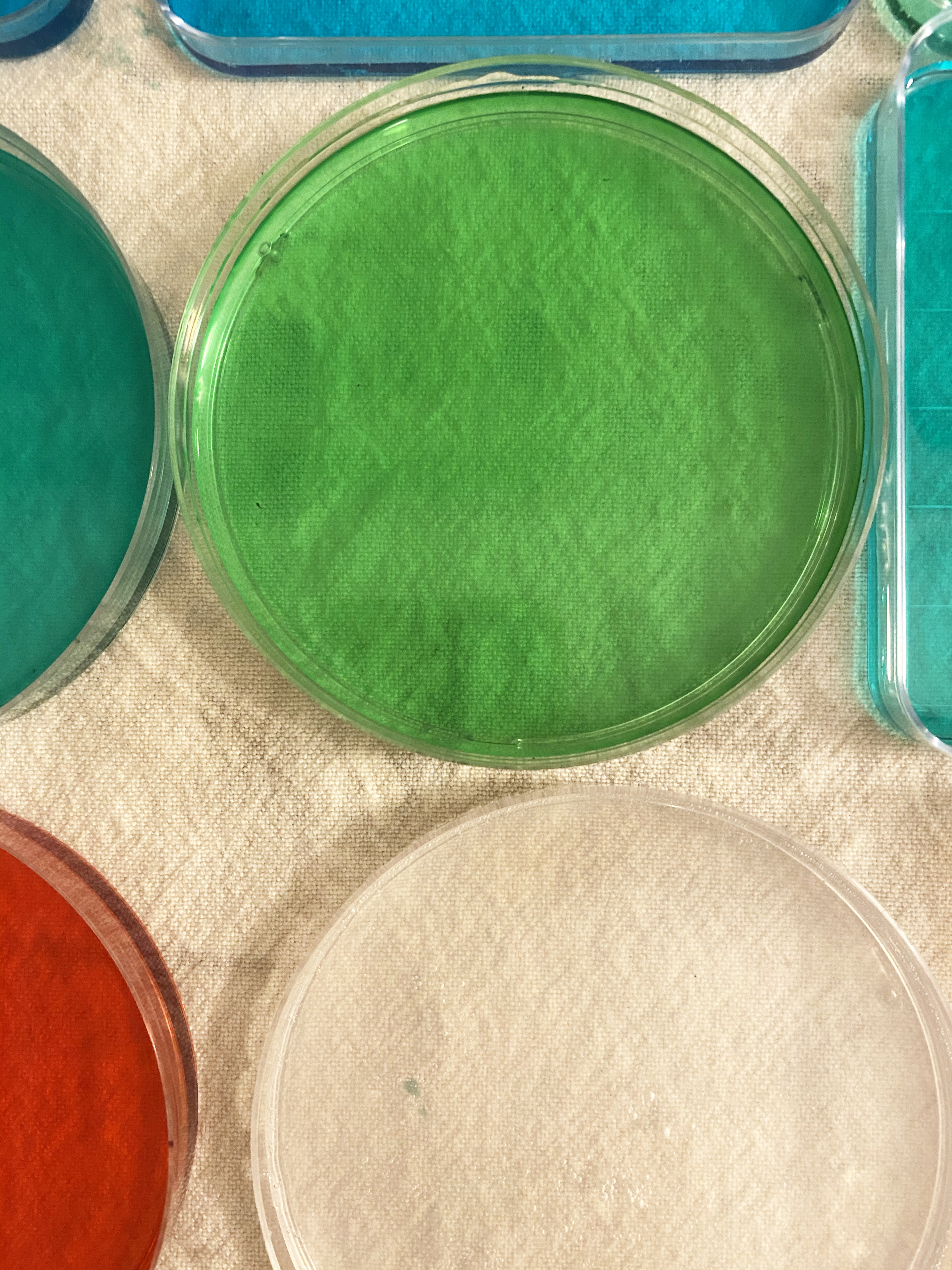(Bio)Plastic Music

[Bio]Plastic Music
also serves as the score for a collaboration with Allie ES Wist,“The Trash Heap Has Spoken”
2020-current
Bio(Plastic) Music is a speculative music composition project that considers the sounds of plastics - both petroluem and bio-plastic. It considers what sounds plastic make, especually in aquatic environments. It also considers how an accumulation of plastics in ocean and freshwater envirobnments might affect the propagation of sounds in these ecosystems. Will plastiglomerate impact how sound refracts off the ocean floor once it becomes a more abundant component of the sediment?
Bio(Plastic) Music is a speculative music composition project that considers the sounds of plastics - both petroluem and bio-plastic. It considers what sounds plastic make, especually in aquatic environments. It also considers how an accumulation of plastics in ocean and freshwater envirobnments might affect the propagation of sounds in these ecosystems. Will plastiglomerate impact how sound refracts off the ocean floor once it becomes a more abundant component of the sediment?
Lisa Schonberg & Allie ES Wist (2022) The title of this work is inspired by Marjory the Trash Heap from the TV series Fraggle Rock. The subterranean Fraggles risk dangerous trips above-ground to seek out Marjory’s advice - a ritual which concludes when her heralds announce “The Trash Heap has spoken! Nyeah!" In a way, plastic waste does contain wisdom; an offering to learn from our past, and a demand that we acknowledge the present. The presence and permanence of these entities can show how desires, comforts, imaginaries and fears are communicated and enacted through the actions we take with them. In acceptance of this opportunity to learn from plastics, we engage with them visually and sonically. Heather Davis outlines in Plastic Matters (2022) how plastic reveals “a desire for an existence that is less messy, less enmeshed with earthly life. …The supposed frictionlessness of global consumer supply and circulation is enabled through the sleek, slippery surfaces of plastic, while they also divorce us from the metabolic rhythms of the earth.” In Wist’s video, the plastic entities are aesthetically elevated from their usual status—their textures, shapes, and density made animate. They are re-inscribed with the messy, metabolic rhythms of organic life. The conspicuous presence of hydrophones asks us to be curious about what the impacts of disposed plastics might be on freshwater soundscapes. Schonberg’s score consists of field recordings of petroleum and plant-based plastics recorded underwater, juxtaposed with sounds from the Rio Chagres, in Panama. Plastics’ required infrastructure and its lasting presence have shaped this emergent riverine ecosystem: dammed for the creation of the Panama Canal in 1904, and cluttered with plastic refuse along its edges. Sounds of boats and riverine nonhumans are difficult to distinguish from the plastic, mirroring the emergent ecology of the Canal. In our work, we re-inscribe the rhythms and mess of earth onto plastic material, pointing to these complexities.